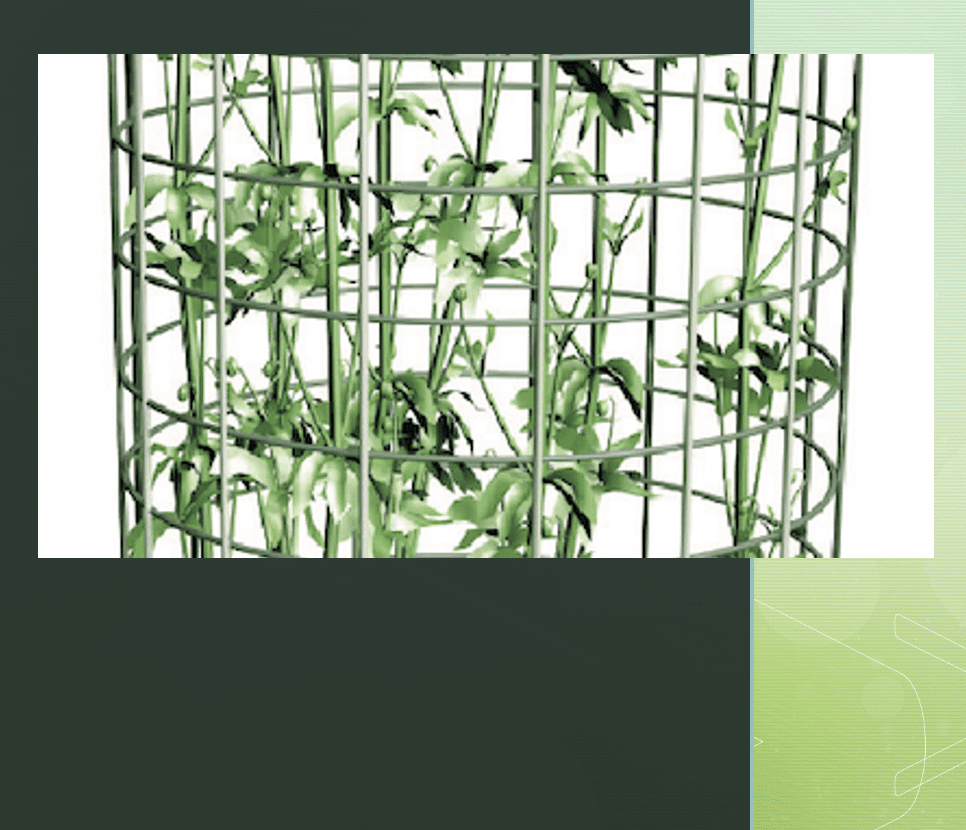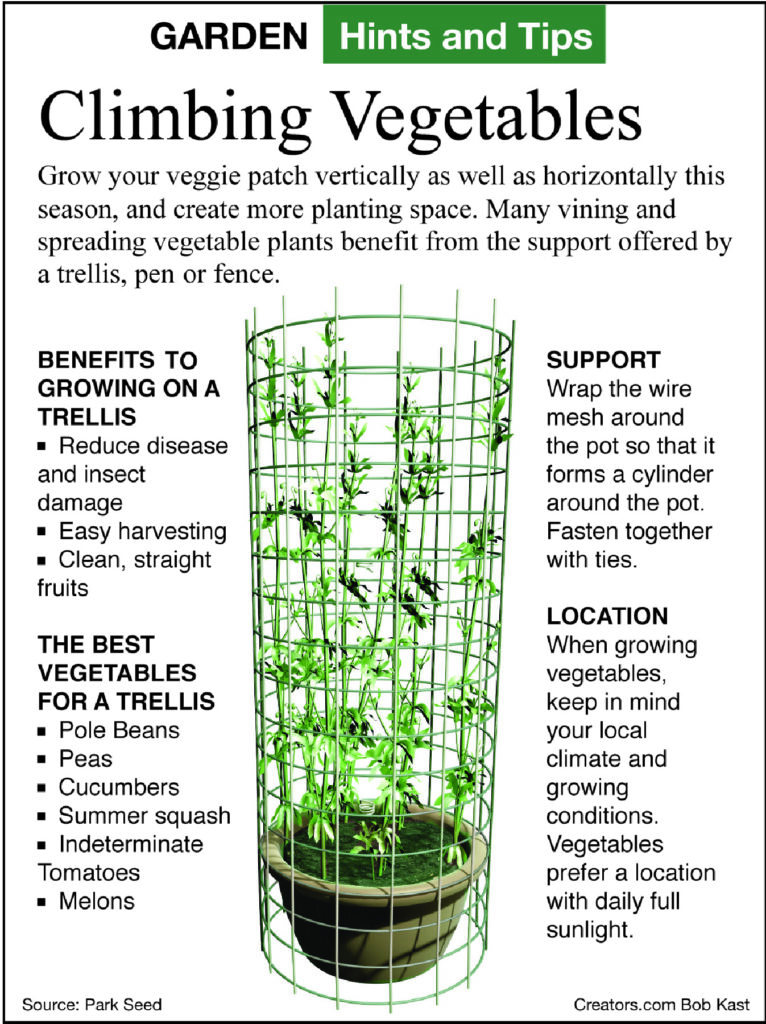Search Posts
Recent Posts
- Rhode Island Weather for June 4, 2025 – Jack Donnelly June 4, 2025
- Sour Grapes time! – Tim Jones (meet Tim at AnimeCon) June 4, 2025
- Lawsuit filed to stop Empire Wind Project by 4 environmental groups and fishermen June 4, 2025
- It is what it is: 6.4.25 – Jen Brien June 4, 2025
- New ALS treatment by PathMaker Neurosystems. Co. funded by RI Life Sciences Hub to come to RI. June 3, 2025
Categories
Subscribe!
Thanks for subscribing! Please check your email for further instructions.

A Greener View: Top fruit, veggies to grow on a trellis – Jeff Rugg
by Jeff Rugg, contributing writer
Q: We moved into a home that has a vegetable garden. There are a ton of wires, trellises and whatnot that look like the previous owner grew everything vertically. What can be grown on trellises?
A: This sounds like one of those clickbait headlines. “The Top Ten Vegetables to Grow on a Trellis” — if you have no space in your garden. Joking aside, there are a lot of fruits and vegetables that can grow upward in a skinny space.
Growing vegetables upright rather than spreading on the ground saves space and allows for more crops in the same space, increasing production. There are fewer disease problems as the leaves can dry off quicker. The fruit will look nicer because of fewer disease problems. Harvesting is easier when the fruit is at eye level, and you don’t have to bend over and pick it up off the ground.
Think of a vineyard where the grapevines are growing sideways on trellis wires. You can grow grapes that way and you can grow apple and other fruit trees the same way. Fruit trees grown in this espalier shape can also be pressed against a fence or building.
Hardy kiwi vines require very strong trellises, and the vines can grow longer than 30 feet. Raspberries and blackberries can be grown next to a few strands of horizontal wire that the canes are tied to during the summer. The canes are pruned away after a couple of years, but the trellis wires help control them, making harvesting much easier.

Presuming there aren’t already grape or hop vines on your trellises, what else can you grow? Early in the spring many people are growing sweet peas. They can grow on any wire frame that allows for the tendrils to wrap around. As the weather gets warmer, beans can grow on the same wires and then in the fall when the weather cools off, you can replant peas.
Many people find that melon vines produce higher-quality fruit when the fruit is not allowed to mature on the ground. Many insect and disease problems affect fruit that is in contact with the soil. You may need to create slings or hammocks for large fruit and the whole trellis needs to be sturdy when growing large melons.
Cucumbers will hang down and grow straighter when on a trellis rather than on the ground. Trellises that are arched over a garden path create a shady hideout and it makes picking the fruit much easier.
Many winter squash and gourd varieties will grow 20 feet long on the ground but can start growing sideways at the top of a six-foot trellis and start producing fruit.
Believe it or not, tomatoes and tomatillos grow very well on trellises, especially the indeterminate types that can grow 10 feet tall. They do not twist around the wires like the vines and the stems are somewhat brittle, so you need to help them wrap around the wires or clip them to the wires with twist ties or Velcro tape. Trellised tomatoes are healthier, and the fruit are cleaner than ones on vines left to grow on the ground.
Let’s not forget that even small plants like strawberries, lettuce greens and some herbs can be grown vertically in stacking pots or on wall-hanging racks and bags.
___
To read more columns on gardening by Jeff, go to: https://rinewstoday.com/?s=jeff+rugg

Email questions to Jeff Rugg at info@greenerview.com.
To find out more about Jeff Rugg and read features by other Creators Syndicate writers and cartoonists, visit the Creators Syndicate website at www.creators.com.
COPYRIGHT 2023 JEFF RUGG – DISTRIBUTED BY CREATORS
